U.S. & Euro Automakers Lobby Free-Trade Pact Negotiators to Harmonize Safety Regs
Automakers and auto enthusiasts alike aren’t fond of the differing safety standards in Europe and the United States. Having to satisfy two different standards means increased costs for car companies that want to compete on a global scale and it also means that car enthusiasts on both continents are often deprived of desirable cars on sale in the other market. But according to Automotive News, lobbyists for automakers in the U.S. and Europe are hoping to use current negotiations over a free-trade agreement to harmonize safety standards and they are using academics to make their argument.
The Alliance of Automobile Manufacturers, a Washington D.C. trade group representing both domestic and international automakers, the American Automotive Policy Council, and the European Automobile Manufacturers’ Association have commissioned the Transportation Research Institute of the University of Michigan and SAFER, a similar research group at Chalmers University in Gothenburg, Sweden, to find common points between American and European automotive safety regulations.
“Regulators tend to believe that their standards are the best. They have ‘not-invented-here syndrome,’ ” said Gloria Bergquist, a spokesperson for the Alliance of Automobile Manufacturers. “We want to show them that our standards may differ in some modest ways, but the ones that we’re looking at harmonizing are essentially equivalent.”
Automakers are hoping to influence the results of the proposed U.S.-EU trade deal known as the Transatlantic Trade and Investment Partnership, which the auto industry in both regions supports. About 10% of all trade between the European Union and the United States has to do with the auto industry, either components or assembled automobiles and trucks.
Robert Strassburger, a vice president at the Alliance, says that it’s not as simple as comparing the results of crash tests. There are differences in traffic patterns, driving speeds and weather between the U.S. and Europe and those factors impact the number of accidents and their severity.
“If the world were simple, we could just compare fatality rates in both regions per vehicle mile traveled and call it good. But the reality is: a mile driven here is different than a mile driven in Europe,” Strassburger said. “The study we’re doing is going to account for all those differences on an apples-to-apples basis.”
There are concerns by industry critics, though, that the businesses will try to align the standards by pushing for the least stringent of the rules. At the same time that car companies complain about the cost of meeting multiple standards, of having to engineer cars for each market, they are also fine with selling the same nameplates with differing safety standards if it’s cheaper to build a car for a market with lower standards. A recent TTAC news post described how cars come out of the same factories in Mexico with differing levels of safety equipment based on if they are bound for the U.S. or Latin America.
Adrian Lund, president of the Insurance Institute for Highway Safety, said that automakers will have a hard time convincing both American regulators and American consumer advocates to embrace Euro standards. “I think there’s going to be quite a bit of angst about accepting that a European regulation that consumer advocates have had no opportunity to comment on is going to be the law of the land for the United States as well,” he said.
In the late 1990s, car companies doing business in the U.S. petitioned the National Highway Traffic Safety Administration to consider U.S. and European side-impact crash tests equivalent. NHTSA rejected the request, saying that European regulations did not do enough to protect rear-seat passengers.
At the same time, the IIHS believes that American regulators have been slow to adopt some new technologies, citing, for example, Audi’s struggle to get U.S. officials to approve their sophisticated new automatically dimming high beam headlights.
“If you try to do some overarching equivalence, where a vehicle approved for sale in Europe is approved in the U.S.,” Lund said, “that clearly has pluses and minuses.”
The trade groups backing the academic study hope the researchers will have data compiled and a methodology formed by the summer with the finished report published by the end of 2014, in time for when U.S. administration and European Commission officials say that they’ll be hammering out final details on the free-trade agreement.
More by TTAC Staff
Latest Car Reviews
Read moreLatest Product Reviews
Read moreRecent Comments
- Probert They already have hybrids, but these won't ever be them as they are built on the modular E-GMP skateboard.
- Justin You guys still looking for that sportbak? I just saw one on the Facebook marketplace in Arizona
- 28-Cars-Later I cannot remember what happens now, but there are whiteblocks in this period which develop a "tick" like sound which indicates they are toast (maybe head gasket?). Ten or so years ago I looked at an '03 or '04 S60 (I forget why) and I brought my Volvo indy along to tell me if it was worth my time - it ticked and that's when I learned this. This XC90 is probably worth about $300 as it sits, not kidding, and it will cost you conservatively $2500 for an engine swap (all the ones I see on car-part.com have north of 130K miles starting at $1,100 and that's not including freight to a shop, shop labor, other internals to do such as timing belt while engine out etc).
- 28-Cars-Later Ford reported it lost $132,000 for each of its 10,000 electric vehicles sold in the first quarter of 2024, according to CNN. The sales were down 20 percent from the first quarter of 2023 and would “drag down earnings for the company overall.”The losses include “hundreds of millions being spent on research and development of the next generation of EVs for Ford. Those investments are years away from paying off.” [if they ever are recouped] Ford is the only major carmaker breaking out EV numbers by themselves. But other marques likely suffer similar losses. https://www.zerohedge.com/political/fords-120000-loss-vehicle-shows-california-ev-goals-are-impossible Given these facts, how did Tesla ever produce anything in volume let alone profit?
- AZFelix Let's forego all of this dilly-dallying with autonomous cars and cut right to the chase and the only real solution.



















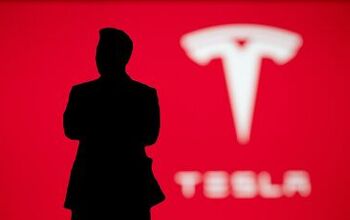
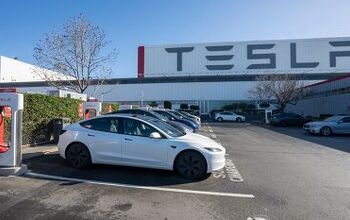


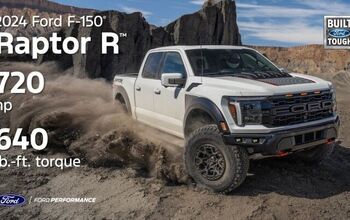
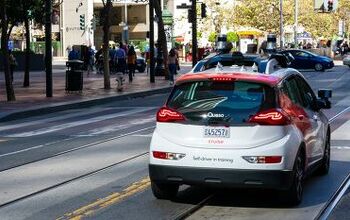
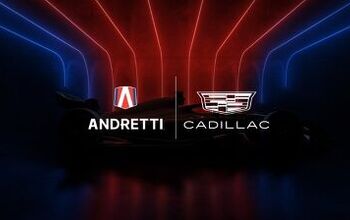
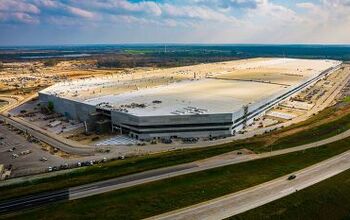
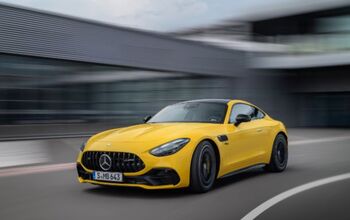
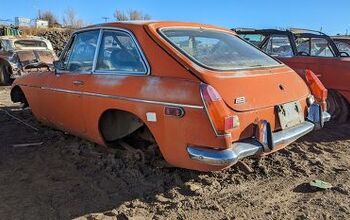
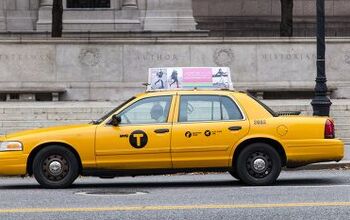
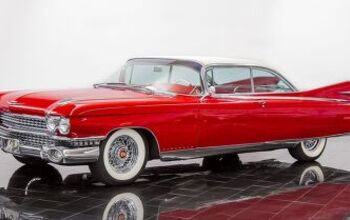
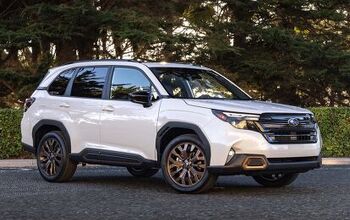
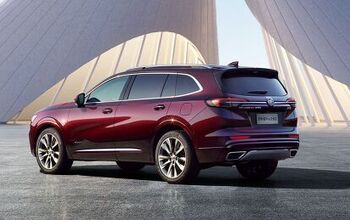
Comments
Join the conversation
I wonder how Canada got around this alleged problem (homogenized safety rules)because we just signed an FTA with the EU that takes effect in 2 years time. My understanding is that EU safety rules will be accepted universally i.e. vehicles can be imported into Canada without any safety or emission changes and Canadian vehicles can go the other way without any changes. The irony to that statement is the majority of Canadian vehicles are USA designed and meet all of the USA safety and emission standards. I wonder what will happen if in 2 years time I purchased an Amarok diesel and drove it into the USA? Will Homeland Security stop me at the border? or will someone be eating deep fried crow?
@Big Al - I do hope that countries can figure out a way to unify standards. It would help to keep vehicle prices down in the mid and long term.